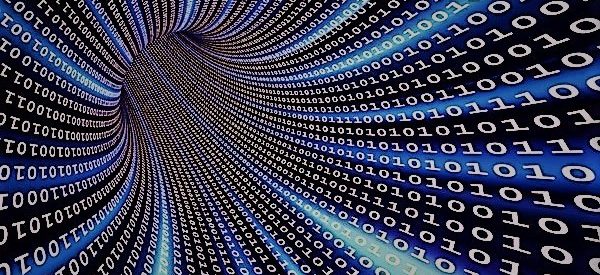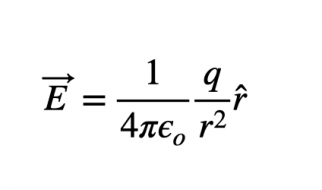
There are many technologies that will emerge in the coming decades that will profoundly influence our daily lives. Among all its technologies, there are 6 technologies that I would like to mention, because I think that these technologies have a great potential in the future, that are developing rapidly, and that will probably influence our world in the coming decades.
For each of these 6 technologies, I explain why, in my opinion, these technologies will surely change our world in the near future. Here are these 6 technologies:
- Big Data
- Artificial Intelligence
- Self-Driving Cars
- Blockchain
- Virtual Reality and Augmented Reality
- 3D Printer
Big Data
Big Data refers to a very large set of data or a massive volume of data. Every day we produce a lot of data, such as emails, social media posts, online articles and videos, GPS signals and more. This dataset is thus Big Data.
Faced with this huge amount of data, we must be able to navigate and process the data. Big Data is in fact the ability to process large volumes of information with more and more standard computing means. These volumes of information or data are of interest to many sectors such as tourism, commerce, advertising, genetics, astronomy or human resources. Big data can be considered as the new black gold of the digital age.
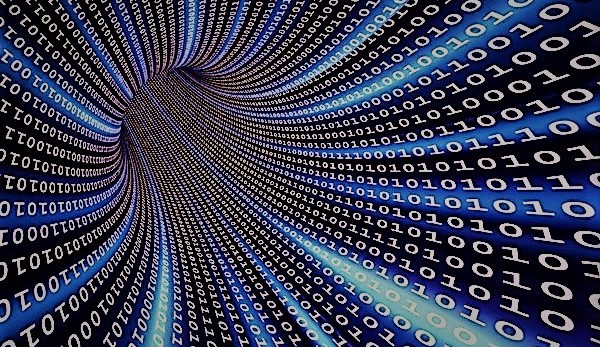
To manage Big Data, it is necessary to collect, process, analyze this data and take all the relevant actions following the analysis of this data.
We usually use NoSQL databases that are more efficient than traditional SQL databases (key/value, column, row, table) to process Big Data.
The Big Data phenomenon is characterized by the 5Vs:
- Volume
- Velocity
- Variety
- Veracity
- Value
1) Volume
Volume is the mass of information produced every second. In 2000, 20% of the data was digital and the rest was analog. In 2015, 98% of the data is now digital and the rest is analog. This data is produced by personal computers, smartphones, tablets and other devices.
Every minute we produce:
- 216000 photos on instagram
- 270000 tweets
- 30 billion instant messages
- 200 million emails
Most of this data is collected by two companies that are:
- Google with Gmail, the Google search engine, Android and Youtube
- Facebook with instagram and WhatsApp
These two companies accumulate this data in order to process it with the aim of retaining users in order to accumulate the maximum amount of data to monetize with their advertisers.
2) Velocity
Velocity refers to the speed of development and deployment of new data.
3) Variety
Variety refers to different types of data such as images, videos, texts, voices, and others. In all of this data, 80% of this data is unstructured and the remaining 20% is structured data that is stored in relational data tables.
4) Veracity
Veracity represents the credibility and reliability of the data collected. Since a large amount of data is collected, not all content is authentic. For example, on Twitter, some messages may contain technical inaccuracies, typographical errors, abbreviations or familiar language.
5) Value
Value is the profit that can be derived from the use of Big Data.
To illustrate Big Data, we can mention two companies like Uber and Netflix that will select only the Right Data among the large mass of data.
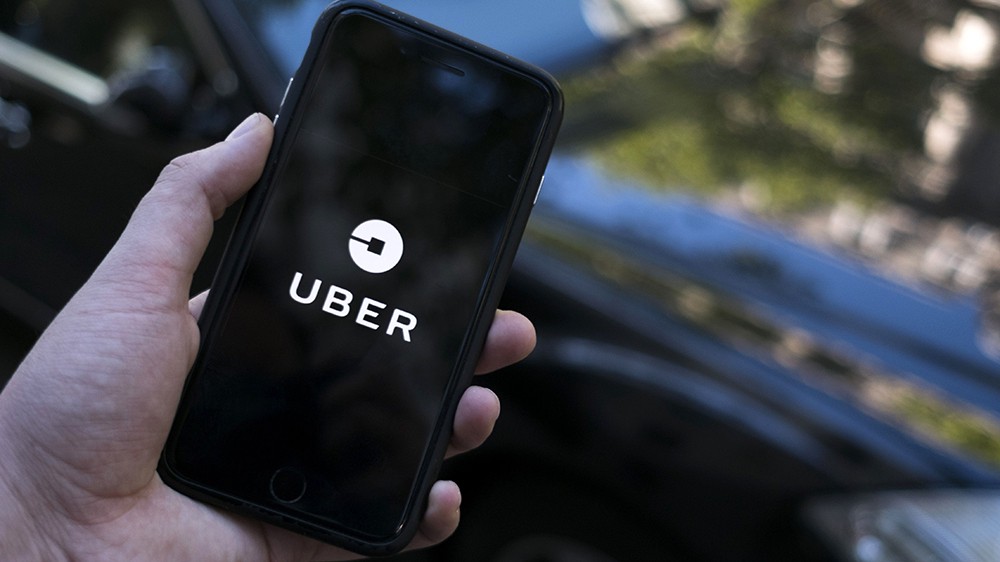
Uber is an American company that develops mobile applications to connect users and drivers to carry out transportation services. Uber collects a massive amount of data from their mobile application used by their drivers and customers, but it does not just collect its data, it collects mostly relevant data that allows it to connect customers (consumers ) and drivers (service providers). Identifying the customer?s need (having a car) and the geographic location of the customer?s need (looking for the customer there) are the two data that allowed Uber to make the taxis obsolete.

Netflix is an American company that offers a platform for movies and TV series streaming on the internet. In 2016, 71 million people used the Netflix streaming service, these millions of users generate data that will be collected and analyzed to better understand the habits of viewers. The preference of users for this type of film is the good Netflix Data, which has set up a recommendation engine and keywords for each TV series. Based on what users liked the most, keyword-based suggestions will be offered to users.
In the future, Big Data can be used in the medical sector by creating new treatments, in the humanitarian field, it can also be used to manage natural disasters and manage the consequences of wars. Big Data will of course be used for commercial purposes such as targeting the best of customers for advertisers, or offering better promotional offers.
The Big Data associated with machine learning, allows for predictive analysis, which will be used in various sectors such as health, agriculture, community administration and especially marketing. Another example is the Big Data associated with deep learning, which helps to differentiate different types of data including shapes, colors, and indications on images or videos. In addition, the rise of the Internet of Things provides a very large amount of information that allows the development of Big Data.
That is why, I think that Big Data will influence more and more our daily lives in the years to come.
ARTIFICIAL INTELLIGENCE
The history of AI (Artificial Intelligence) is quite short and shows that this field has progressed a lot in sixty years. Indeed, we went from the first computer that could do some calculations to very sophisticated machines. The first machine to show its AI capabilities was Deep Blue, an IBM supercomputer that beat world chess champion Garry Kasparov in 1997. Then there was Watson?s AI developed by IBM, which won a game show ?Jeopardy!? by answering questions in natural language. And finally, AlphaGo, the AI of Google DeepMind, who beat the world champion of the game of Go, Lee Sedol knowing that the game of Go is a game much more complex than that of chess.
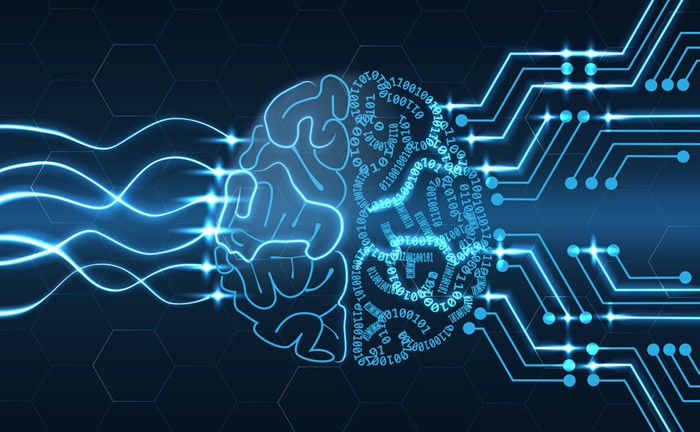
Advances in algorithmics, increased computing power, and data science have helped to progress AI in recent years. That?s why we hear a lot about AI lately. AI could be defined as the set of theories and techniques used to implement computer programs with high-level processes such as perceptual learning, memory organization, and critical reasoning. In fact, we can divide the AI into two parts, the strong AI part and the weak AI part.
The ?strong? IA is based on learning, that is, it stores new data and changes its own functioning. The ?weak? AI differs from the ?strong? AI in that the computer program simulates intelligence. AI is therefore a very global term, and I think that the scientific term for AI is rather machine learning, because most of the techniques used in AI come from machine learning, in particular deep learning (one of the branches of the machine learning) which is widely used for image recognition such as the Convolutional Neural Networks (CNN).
The AI is already used in several fields, for example in the medical with Watson that helps doctors to make diagnoses. There are also autonomous cars that use AI to gain a certain level of autonomy on the road. Virtual assistants inside smartphones, PCs, or connected home speakers like Apple?s Siri, Microsoft?s Cortana, Google?s Google Now, Samsung?s Galaxy S8?s Bixby and Amazon?s Alexa also use AI based on learning of our habits in order to provide relevant information according to the context.
The applications of the AI are so numerous and present many markets that web giants such as GAFAM (Google, Apple, Facebook, Amazon and Microsoft) and BATX (Baidu, Alibaba, Tencent and Xiaomi) seek to conquer.
The applications and markets of the AI concern:
- The recognition of static images, their classification and marking
Web giants want to use the AI to collect and analyze images hosted on their servers to find them more easily.
- The use of trading algorithm to improve financial performance
The financial sector is interested in AI to anticipate financial opportunities and risks with trading algorithms that deal with stock indices and geopolitical factors.
- Object detection and classification to avoid collisions and navigation
Autonomous cars need to identify, detect obstacles and track objects to be able to drive on the road.
- Treatment of medical data of patients
In the medical field, this would detect certain diseases in some patients before the manifestation of the disease
- Learning of some tasks by robots
Some tasks could be learned by robots without the need to program them for that.
- Predictive maintenance in IT and the industry
Anticipating possible computer failures or industrial products can save time and money for companies.
- The identification of images by the textual request
Find an image through a text query.
- Automatic detection of geophysical characteristics
This detection would anticipate bad weather such as storms, cyclones, tsunamis or earthquakes.
- Distribution of content on social networks
The display of content adapted to the preferences of the user.
- Object identification, detection and tracking
- Prevention against attacks related to cybersecurity
The military sector is also interested in AI to integrate it into weapons and drones, which raises many controversies about autonomous weapons that could accelerate conflicts.
To put in a nutshell, AI has many applications, so I think AI will become more and more part of everyday life in the years to come. AI has many advantages, but everything will also depend on how AI will be used.
SELF-DRIVING CARS AND 6 AUTONOMOUS DRIVING LEVEL (0 TO 5)
Electrification, autonomous driving and connectivity are the three factors that will shape the future of the car, that is to say the autonomous and connected electric car.
The electrification of cars will solve the problem of pollution and noise of current cars. Autonomous driving, will greatly reduce the number of accidents. The connectivity will allow passengers to consult information (weather, road traffic, etc.) and to take care during the journey.
Before continuing, I will define what an autonomous car is. An autonomous car (driverless car or self-driving car) is a vehicle capable of driving on the road without the intervention of a driver. It is a vehicle that is equipped with many sensors like ultrasonic sensors, cameras and lidars in order to perceive its environment. The data collected by the sensors are processed by software and processors to make the data fusion in order to observe its environment and to detect other vehicles, obstacles, signs and pavement limits. Then artificial intelligence algorithms will decide the action to be performed on the vehicle controls (steering wheel, accelerator, brake, etc.).

During my visit to the World Paris Motor Show, I could see this trend of electric vehicles because most car manufacturers have introduced electric vehicles, so the electrification of vehicles is progressing well. Some manufacturers have also introduced semi-autonomous vehicles, which confirm the trend of autonomous driving. Connectivity technology already exists, we all use internet, touch screens with smartphones and tablets. So we find the three factors that will allow the development of autonomous vehicles in our lifestyles.
In my opinion, I think that progress made in artificial intelligence will benefit the development of autonomous vehicles. This arrival will of course upset the transport sector and mobility on a daily basis. In addition, most car manufacturers and many web, software and electronics companies work on autonomous vehicles.
Faced with the development of autonomous vehicles, standards have been created to classify vehicles according to their level of autonomy. There are 6 autonomous driving levels:
- Level 0: No assistance
The driver maintains full control over all vehicle functions (control, brakes, acceleration, steering). The on-board computer, however, can assist the driver on line crossings by issuing an audible alert.
- Level 1: Driving Assistance
The on-board computer can support speed or direction, and therefore not both at the same time. The driver always keeps control of the other function (speed or direction) as well as the complete control of the vehicle.
Example: cruise control, lane departure radar, emergency automatic braking, collision warning.
- Level 2: Partial Automation
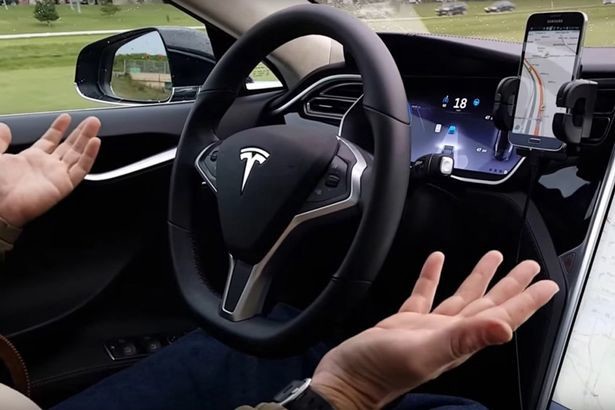
The on-board computer can take control of speed and direction. The driver supervises the operations, but must always remain attentive, monitor the vehicle environment, and regain full control of the vehicle in case of failure as the driver?s responsibility is fully engaged.
Example: a driving assistant in traffic jams (adaptive cruise control) or a parking assistant.
- Level 3: Conditional Automation
In this level, the driving may be entirely delegated to the on-board computer, but only for pre-defined situations such as on the motorway for example. The onboard computer is therefore able to monitor the vehicle environment through object detection functions (roads, lines, vehicles). He is also able to recognize his limits when he is unable to handle the situation and invites the driver to regain control of the vehicle through an audible or visual alert sent several seconds in advance.
Example: highway pilot, automatic parking, platooning.
- Level 4: Strong automation
The computer takes control of the entire vehicle, only in predefined areas such as on the highway or on a parking lot. The driver can read the newspaper or his messages without worrying about the road. However, as soon as the vehicle leaves this predefined automated driving zone, the driver must regain control, but if the driver does not regain control, the vehicle is able to react on its own by security position.
- Level 5: Full automation
The vehicle is capable of driving in all situations. The on-board computer therefore has control over all the functions of the vehicle. Control elements such as the steering wheel or the pedals can be removed.
The development of autonomous vehicles could even involve the development of taxi robots, that is to say, a fleet of autonomous vehicles. The automotive industry would thus move from a goods industry to a service industry knowing that the vehicles will remain the property of the transport company.
Driverless cars will also be connected and will have an internet connection. They will be able to inform the user and his passengers, the weather, road traffic and the formation of a traffic jam. They will also give passengers time, which will be an opportunity for Google and Apple to introduce embedded services like infotainment in self-driving cars.
In conclusion, I think that autonomous cars will be one of the first concrete applications of artificial intelligence that will disrupt the transport sector and change our habits.
BLOCKCHAIN
The blockchain is a technology for storing and transmitting information, transparent, secure, decentralized, and operating without a central organ. In short, it is a kind of digital data management protocol, a large secure and transparent database. The blockchain can be seen as a kind of account book or register that contains a list of all exchanges made between users.

As this register is decentralized, it is stored on the servers of its users. This register is updated in real time and is tamper-proof because it relies on a cryptographic system of validation by users for each transaction. These sets of transactions (the rows of the register) are written in the book after validation, by blocks of data and thus form a string of unalterable blocks: the blockchain.
The blockchain is often wrongly confused with Bitcoin, but Bitcoin is a cryptocurrency that uses the blockchain to ensure traceability of transactions since each bitcoin has its own encryption code. Thus a user can only use his bitcoins with a single recipient corresponding to a single transaction.
During my visit to the Microsoft Experiences show, I was able to attend a conference on the blockchain and it turns out that the blockchain can be used in three distinct categories:
- The transfer of assets: currency, securities, shares, bonds, votes, etc.
- Register: better traceability of products and assets.
- Smart contracts: autonomous programs that automatically execute the terms and conditions of a contract, without requiring human intervention once started.
I also went to the Futur en Seine exhibition, which organized experiments, conferences, workshops on innovation and which brought together many startups including startups that used the blockchain for voting systems as part of, for example, an internal election. In general, blockchains could replace most centralized ?trusted third parties? (banking trades, notaries, land registry, etc.) by distributed computer systems.
The blockchain could therefore replace the intermediation platforms used by Airbnb, Uber and BlablaCar, which are intermediaries that centralize information and interactions between users, capturing a commission, a portion of the value that passes on their platform.
With blockchain technology, there would be no need for intermediaries and users could conduct peer-to-peer transactions directly with a driver or a lessor, with almost no commission or intermediary. This blockchain technology could therefore threaten more or less the business of Airbnb, Uber and BlablaCar.
This blockchain technology could thus find many concrete applications such as:
- An online voting system: for example, during an internal election, the use of the blockchain allows a secure vote and a transparent result with a quick announcement of the results. The blockchain applied to the online voting system thus avoids any fraud and contesting voting results, and could therefore interest political parties or countries that sometimes have difficulty counting votes and fraud problems.
- Automatic compensation in the event of late or canceled flights: for example, travel insurance schemes may use the principle of smart contracts which are based on autonomous programs which automatically launch the conditions of the contract, without the person must fill in any form.
- A money transfer platform: the advantages of using the blockchain in this type of platform are the speed of transfers (a few minutes against several days for some transfers abroad) and the low cost of these transfers (a few cents for each transaction) through cryptocurrencies that are convertible into traditional currencies.
The blockchain can therefore have many applications in various sectors such as banking, insurance, real estate, health, energy, transport, online voting, and thus finds other applications other than the monetary field.
Personally, I think that blockchain is a promising technology because it seems to have many advantages such as the automation of smart contracts, the creation of trust between two parties without intermediation platform, a new mode of governance (tamper-proof and ergonomic voting system) and a drastic reduction in transaction costs (finance).
In fact, in most potential applications of the blockchain, the challenge is to build a user experience and especially to win the trust of users to want to use this new technology.
VIRTUAL REALITY AND AUGMENTED REALITY
Progress in virtual reality and augmented reality has democratized their use with the release of many virtual reality headsets. To avoid any confusion between these two technologies, I will recall what virtual reality and augmented reality are.
Virtual reality means to create a user immersion in a 3D virtual world in which he can move and interact.
Augmented reality is to use the real world to display 2D or 3D information such as images, numbers and texts with which the user can also interact. This augmented reality technology actually superimposes virtual elements to the real world, so the real world is augmented with digital information to provide more detail to the user about his environment.
There is also the mixed reality, which is in fact, the mixture between the two previous technologies, that is to say between virtual reality and augmented reality which is reflected in the superposition of digital information such as images, numbers and texts in the real world and the superposition of objects or moving elements.
There are especially many virtual reality headsets and some augmented reality or mixed reality headsets.
Augmented reality headsets:
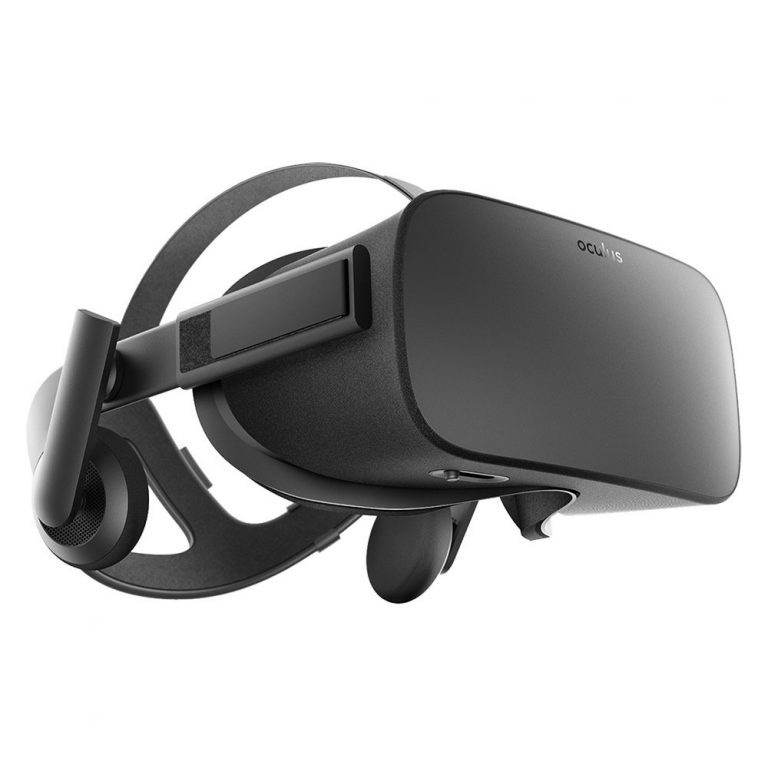
- The Oculus Rift, which is Facebook?s virtual reality headset for PC
- Sony?s Project Morpheus for PS4
- The Vive of HTC & Valve for PC
- Samsung?s Gear VR for mobile
- The Google Cardboard for mobile
Augmented reality headset:
- Hololens from Microsoft
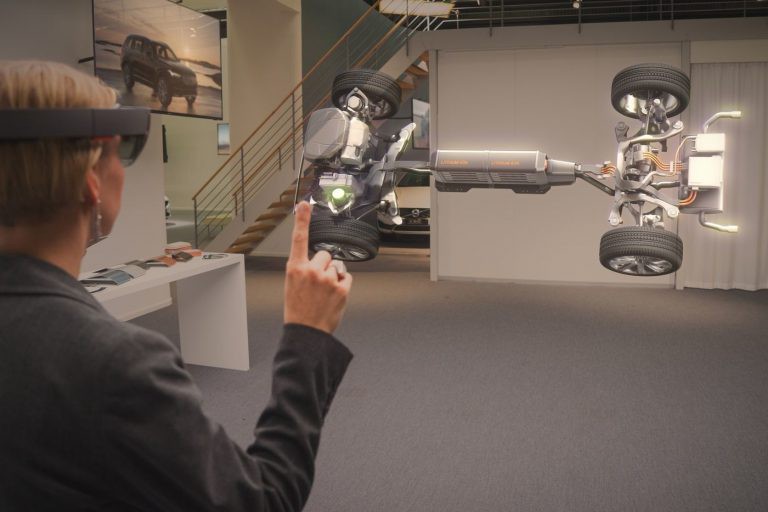
Mixed reality headset:
- Acer Windows Mixed Reality Development Edition Headset
A few months ago, I went to the Virtual Reality show in Paris, Virtuality 2017, where there were more than 110 startups who presented their products for virtual reality. This virtual reality show was a great opportunity to test the latest virtual reality technologies. I was able to test most virtual reality headsets like HTC Vive, Oculus Rift, Samsung Gear VR, and the Microsoft Hololens augmented reality headset. In this show, it was also possible to test flight simulators and immersive rooms. In visiting this virtual reality show, I noticed that virtual reality is mainly used in the entertainment and video game industry.
For example, the Hypersuit startup introduced their technology combining a virtual reality headset and an exoskeleton to simulate air movement. This new technology is particularly suitable for games positioning the character in the air. However, I also noticed that virtual reality is also applied to train people in the medical, aeronautics, railway maintenance, petrochemical or nuclear industries. For example, doctors or surgeons can use virtual reality to train to virtually operate a patient. I also saw that virtual reality is also used for product marketing and a lot of virtual reality animations have been developed to promote products like drinks or perfumes for example.
There were also many conferences at this event, and I was able to attend a few conferences and it appears that many startups from different sectors rely on virtual reality technology. This virtual reality show attracted more than 15,000 visitors.
As a conclusion, I think that the virtual reality is only at its beginnings, for example, the current virtual reality headsets can be bulky to wear and it is possible that the headset can be replaced by spectacle lenses. Google, for example, announced at its I/O 2017 conference that they would launch stand-alone VR headsets with HTC and Lenovo, that is, headsets that work without a smartphone, PC or cable. All electronics would be integrated inside the headset.
The progress of augmented reality will also accelerate the deployment of this technology, especially augmented reality in smartphones with a 3D camera that will visualize virtual furniture in his living room before ordering, or having tailored clothing thanks to the 3D camera of the smartphone. The 3D camera will also be a new human-machine interface with gestural or facial recognition. Thus, augmented reality will be more easily adopted than virtual reality because it does not separate the user from the real world.
THE 3D PRINTING REVOLUTION
In recent years, 3D printing has become possible thanks to 3D printers. 3D printers follow the same principle as 2D printers, but instead of printing ink on sheets of paper, the 3D printer prints objects by superimposing thin layers of materials such as plastic, clay, resin and others. From a 3D software or a 3D scanner, it is possible to model objects and then print them with the 3D printer. The printing possibilities are immense with the 3D printer, it is practically possible to print all possible forms. The only constraints are the size of the printer and the imagination of the user.
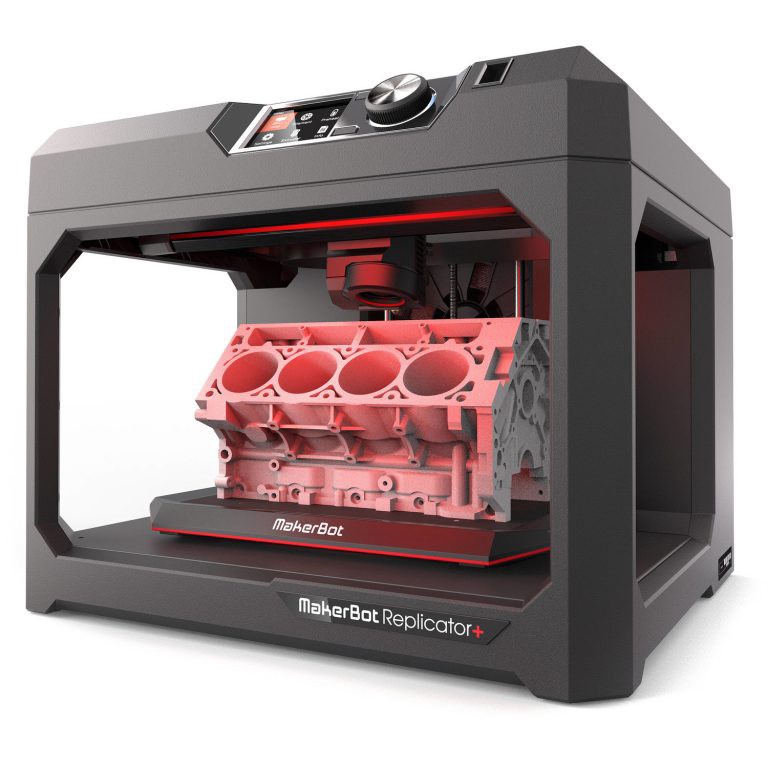
The 3D printer can be used in many fields of applications such as industry, robotics, jewelery, medicine, food, fashion, armament, DIY, architecture, design, health, aeronautics and marketing. There are even 3D nano printers, such as Nanoscribe, which prints on a scale of a few microns. Based on a CAD model of a spacecraft, the 3D nano printer, Nanoscribe, prints using lasers and rotating mirrors to direct the beams in order to create a multi-layer structure by polymerization.
Some 3D printers can print objects of several meters. This allows, for example, to print some pieces of wood to assemble a house. The project WikiHouse, is an open-source project that offers models of home to assemble oneself from models printed in 3D. However, printing a wooden house poses insurance problems and legislative regulations as well as problems of resistance and insulation. These homes can especially be an opportunity to shelter millions of homeless people. In Amsterdam, architects use the 3D printer to print their models but also to print their homes directly. In Shanghai, based on the assumption that cars and planes are mass-produced, a entrepreneur thought to do the same thing with the houses and therefore created a company that manufactures series houses with 3D printers by mixing concrete with a other material to solidify the house. One can also imagine that furniture can also be printed from 3D models.
The use of 3D printers allows you to print all forms of objects that you want. In the aerospace and automotive industry, this 3D printer technology makes it possible to build parts cheaply and save production cost. Cars can even be printed, this is the case of the company Divergent Microfactories who designed a sports car in 3D printing, which is the Balde.
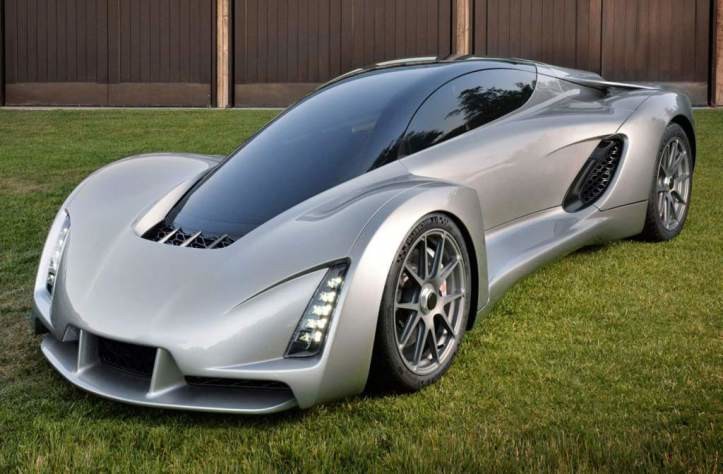
I think that 3D printing is a technological revolution because it revolutionizes the industrial production mode and invents new products that will build the world of tomorrow.
For example, companies like PSA, Airbus and Safran are now using 3D printing machines to build cars and planes.
The automotive and aerospace sectors are very concerned by this revolution in 3D printing. 3D printing has two advantages for these sectors, which are time saving and customization of parts. Indeed, for markets such as automotive and aerospace that are highly competitive, time is crucial, and the time saved in prototyping parts is a real advantage. Similarly, personalizing airplane or car parts without increasing the manufacturing time is a real advantage. On the private side, 3D printers, however, have nothing to do with those of industry, but they allow individuals to build their own objects or parts to make a robot for example. The advantage of 3D printers for individuals is that they can model any form of object according to their imagination.
To conclude on 3D printing, 3D printers are a real technological revolution because they will allow companies to create their products quickly and accurately and also to individuals to build their own objects and perhaps become architects of their own homes.
